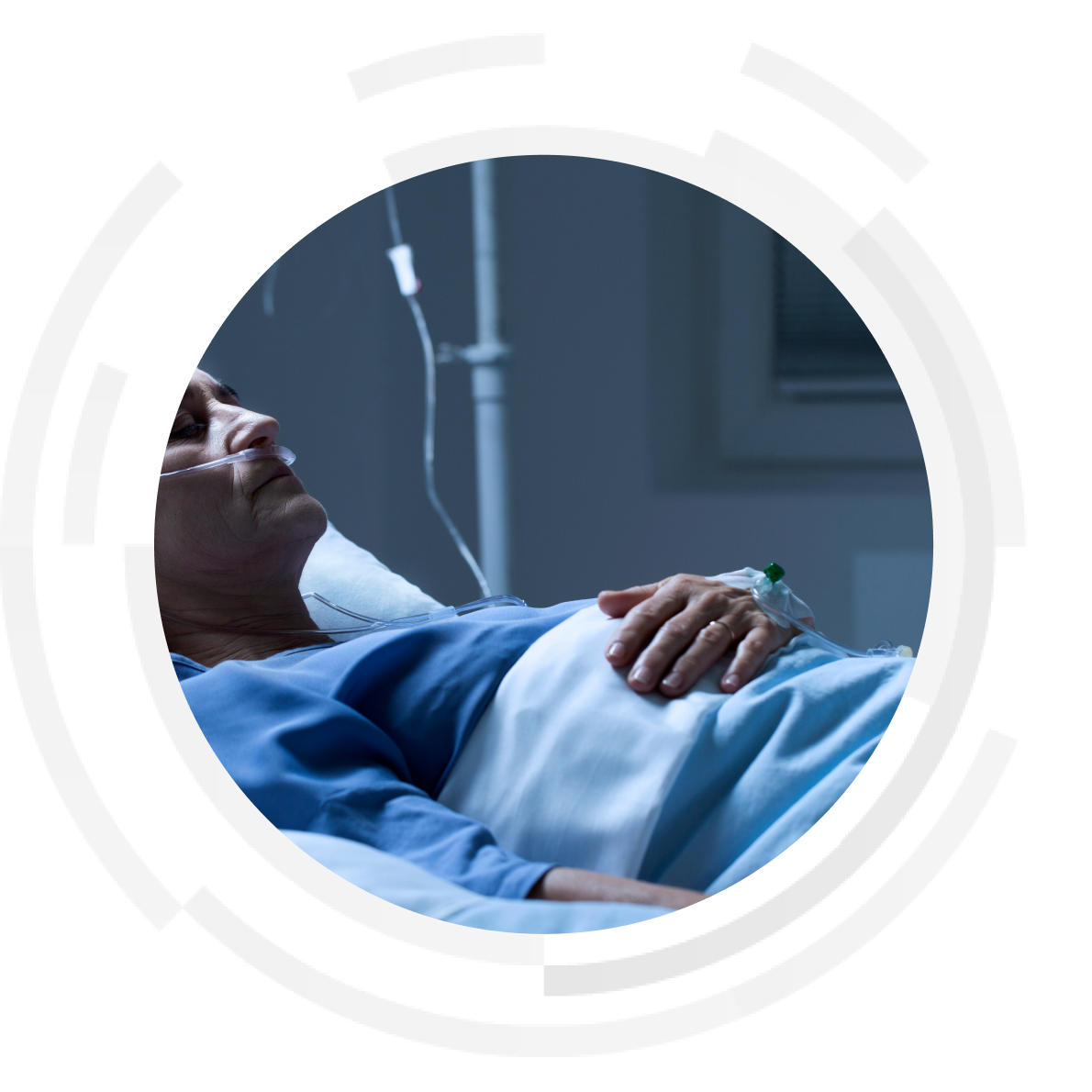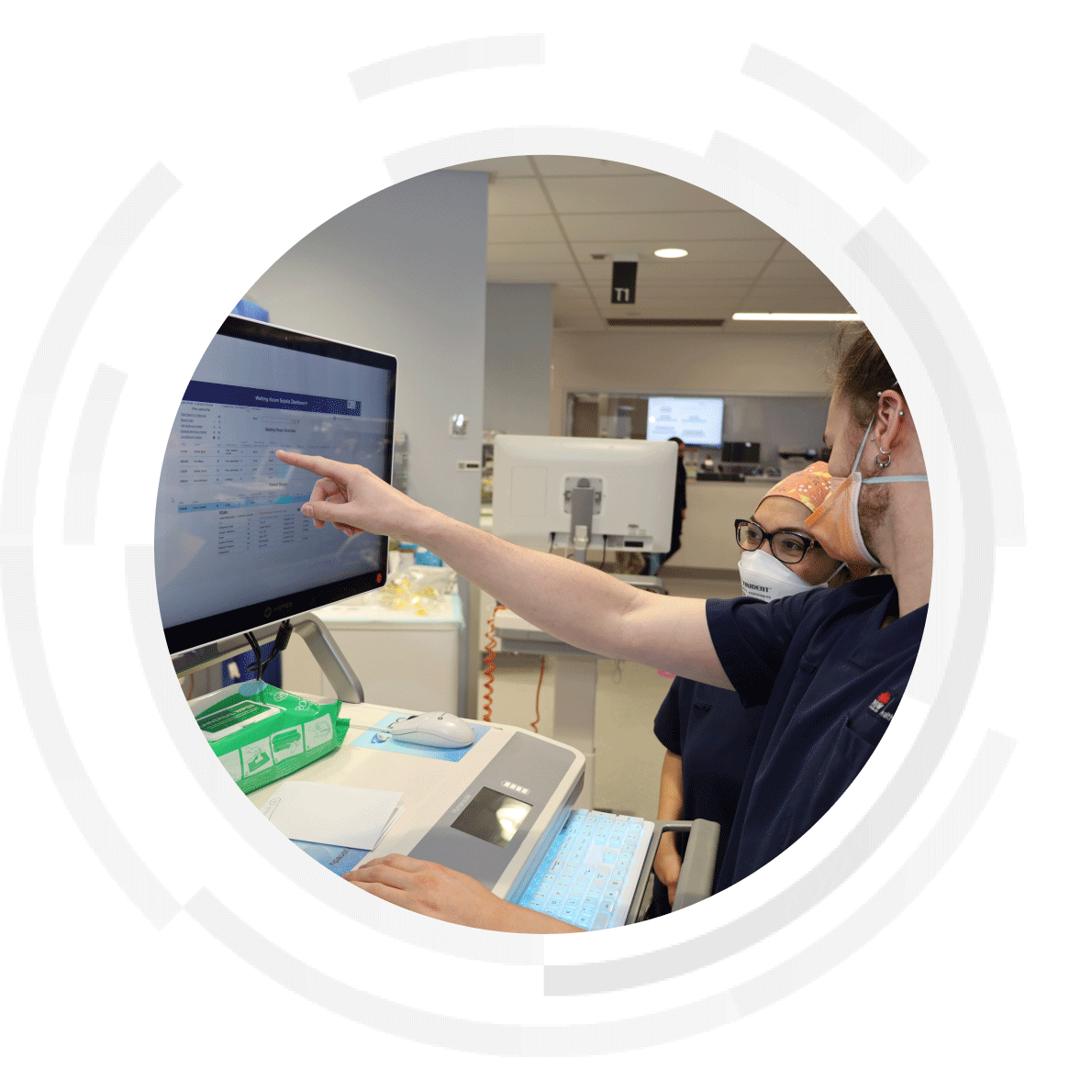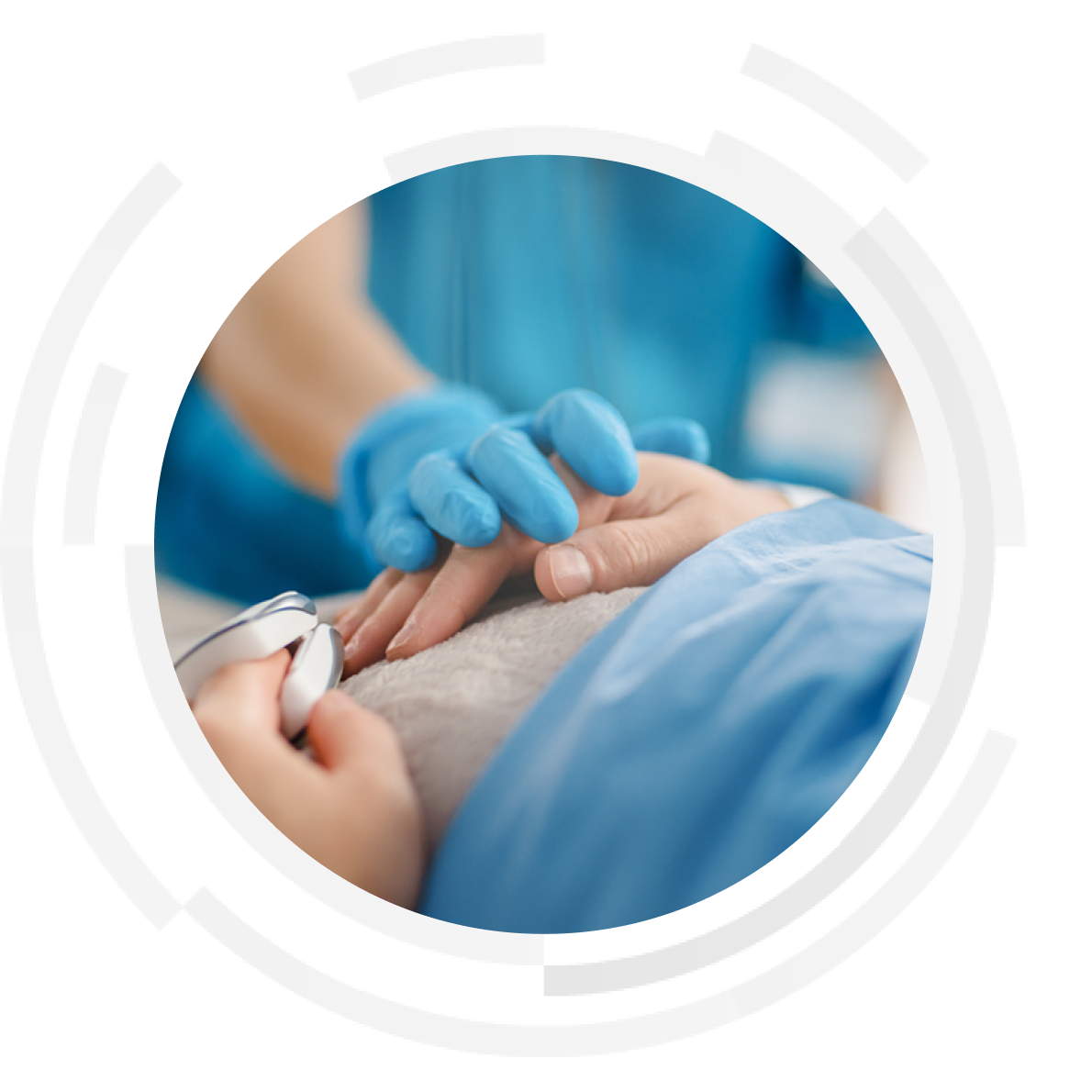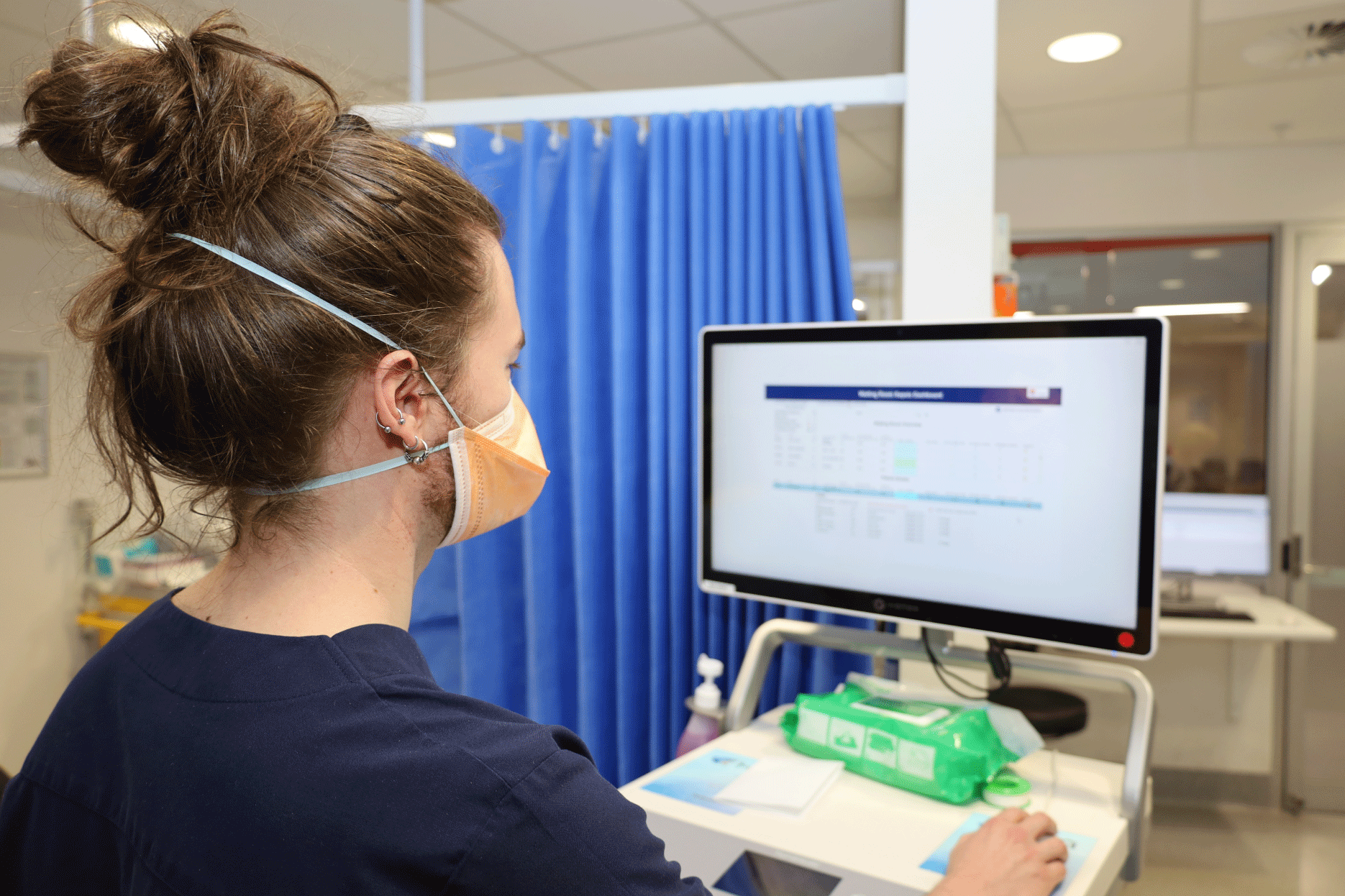
The Challenge
Sepsis is frequently referred to as a silent killer as it is notoriously difficult to identify and diagnose. In Emergency Departments (EDs), patients are prioritised based on their condition assessment at triage. Due to the minor visible symptoms of sepsis, this puts them at risk of deteriorating before receiving medical care.

The Plan
Sepsis continues to be one of the leading causes of death across the world. Peer reviewed research demonstrates a clear link between delays in delivery of treatment and the probability of death. In Australia, the management of sepsis is being successfully addressed through the Clinical Excellence Commission’s SEPSIS KILLS program.
To complement the existing program, the Sepsis Risk Tool Dashboard is being piloted at Westmead Hospital in Sydney’s west. The dashboard helps clinicians assess a patient’s risk of sepsis while they are in the ED.
Using artificial intelligence (AI) and input from clinicians, the team was able to detect complex patterns in patients that had developed sepsis. The AI was embedded into an application to predict whether future patients are at risk of sepsis. The dashboard passes patient data from the eMR through an algorithm trained on historical information. It uses indicators including a patient's age, gender and vitals to predict their likelihood of developing sepsis while waiting in Emergency.
eHealth NSW developed the tool in collaboration with the Clinical Excellence Commission (CEC), Western Sydney Local Health District (WSLHD), Sydney Health Partners, the University of Sydney and NSW Health Pathology.

The Outcome
The AI model for the Sepsis Risk Tool Dashboard was built using five years of deidentified medical data from patients presenting to Western Sydney Local Health District emergency departments.
A pilot is underway at Westmead Hospital’s ED.
Results should show an increase in the number of sepsis cases identified early, matched by a decrease in unnecessary deaths or re-admissions.
If successful, eHealth NSW will explore scaling the solution statewide.

The Benefits
Helps clinicians detect, then treat sepsis patents in the emergency department waiting room sooner. This greatly reduces patients risks of transfer to ICU, readmission, development of chronic conditions, and death.
Related links
Sepsis is a life-threatening condition that can occur when the body fights an infection. Clinicians are trained to…
The NSW Health Enterprise Data Lake will modernise analytics capability, implement best practice for data extracts…
Reducing medication errors in children's hospitals is firmly in the state's focus with the release of new, world-fi…

